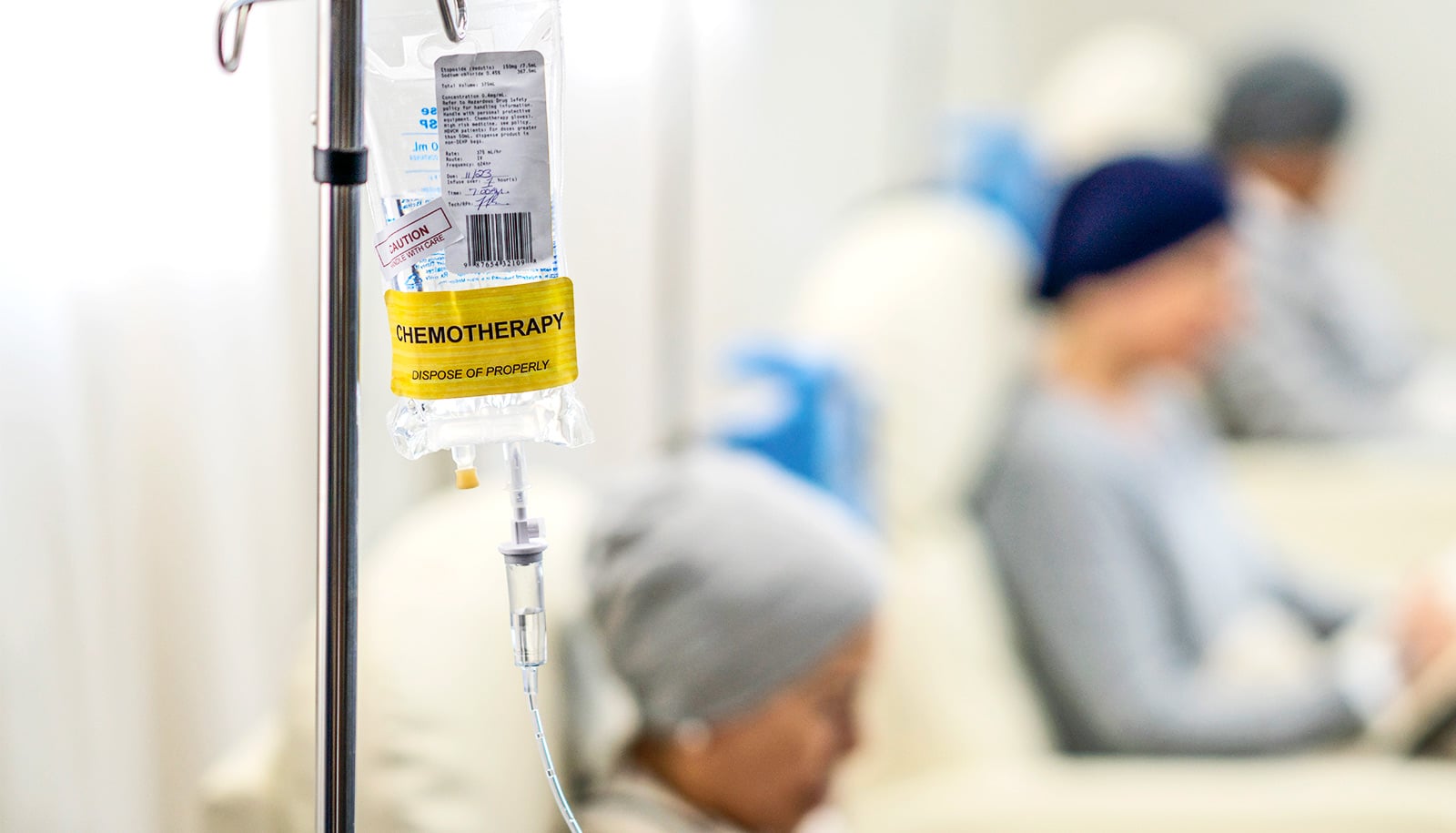A targeted gene therapy may make acute myeloid leukemia more sensitive to chemotherapy, while also protecting the heart against toxicity often caused by cancer treatments, a study with mice shows.
Acute myeloid leukemia (AML) is the most common type of leukemia in adults and the resulting chemotherapy treatment can put patients at an increased risk for cardiac damage.
Xunlei Kang, associate professor of medicine at the University of Missouri, and PhD students Yi Pan and Chen Wang led a study looking at similarities between leukemia and cardiovascular disease. They found a shared target—aAGTR1, a receptor responsible for cell reproduction—was overabundant in the blood cells of patients with leukemia.
The researchers used losartan, a common medicine for treating high blood pressure, to inhibit the AGTR1 receptor in mice. This disrupted cancer growth, slowing the development of leukemia, and led to longer survival. The next step is to further investigate losartan’s effectiveness in treating human leukemia patients.
“Mouse models of leukemia differ from human disease in several ways, including differences in the immune system, the bone marrow microenvironment, and responses to treatments,” Pan says. “We will now carefully interpret and validate these findings in human studies to ensure translational relevance.”
If these findings are confirmed in human clinical trials, the approval process to use losartan would be shorter compared to other medications, since it’s already FDA-approved and will not require comprehensive data about the drug.
“When we treated mice with the AGTR1 inhibitor losartan, we observed that this commercially available drug shows great promise in reducing AML development while protecting against chemotherapy-induced cardiotoxicity,” Kang says. “This finding shows great potential to both enhance the success of chemotherapy while protecting the heart.”
The study appears in the journal of Science Translational Medicine.
Additional coauthors are from the University of Missouri and Penn State.
Source: University of Missouri



